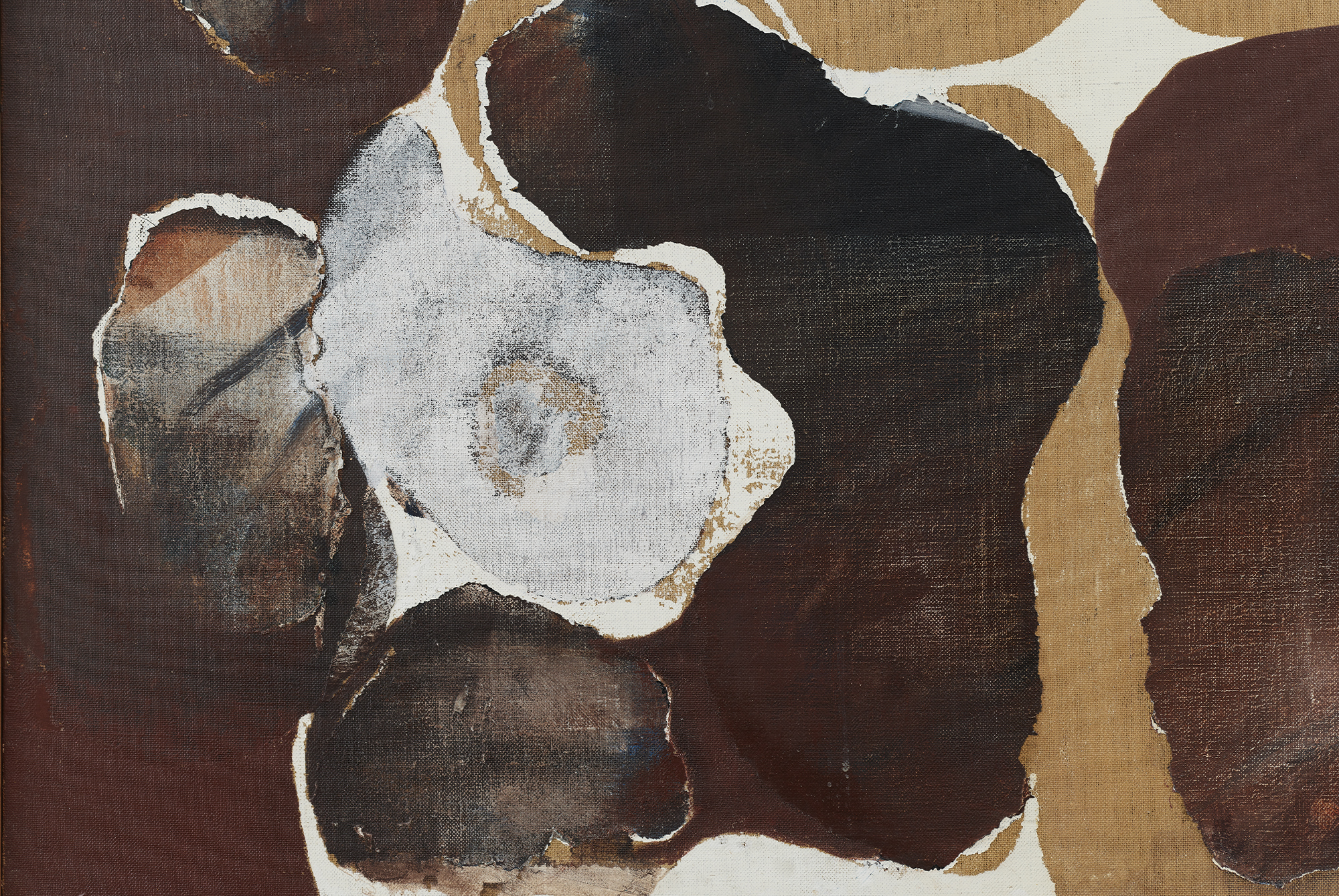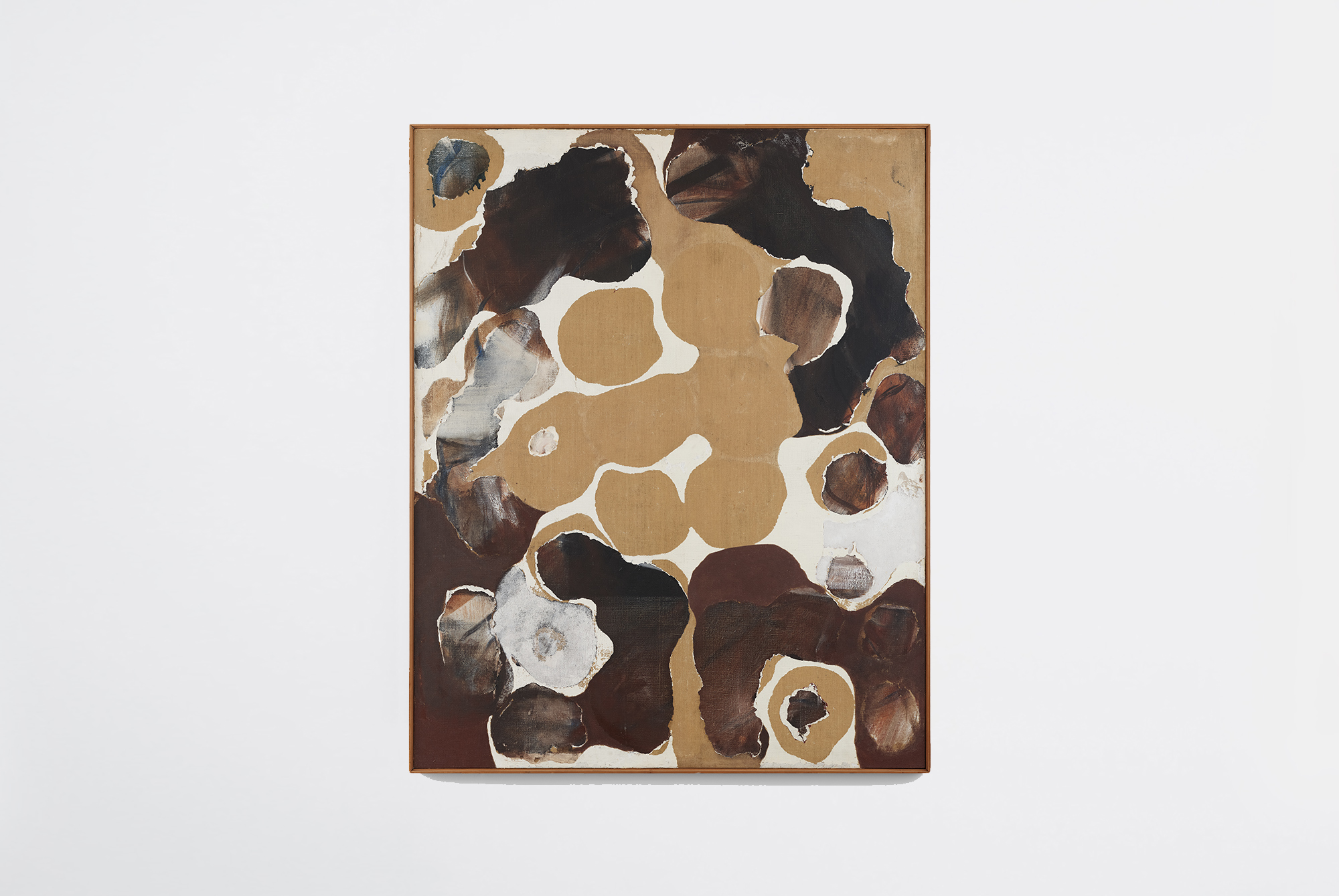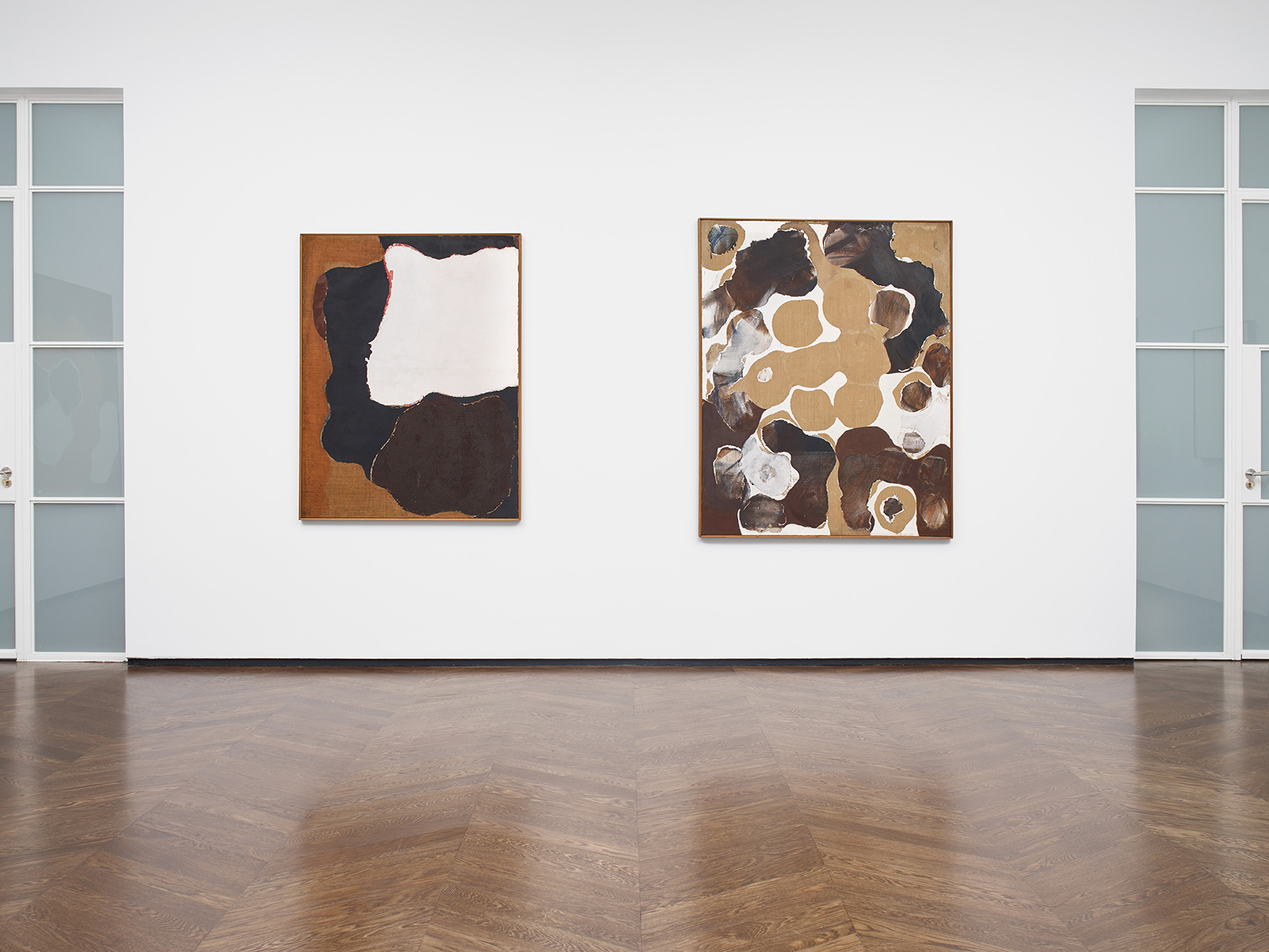Work K-3
1970
Acrylic, kaolin and oil on canvas
64 x 51 5/16 inches (162.2 x 130.3 cm)
© Chung Sang-Hwa
The process is about the absolute elements which construct the flat surface. It is simply the instinct of the artist to carry this out. You are completely immersed in the process and you just let it happen. There is no need to overthink, but at the same time, each and every step is thoughtfully executed.
—Chung Sang-Hwa
Chung Sang-Hwa moved to Paris in 1967 to study the works of art he had previously only been able to see as reproductions in books and periodicals. Learning French and visiting galleries and museums, he immersed himself deeply in contemporary art and art history. In 1969, Chung moved to Kobe, Japan, where he advanced his exploration of composition and process, and furthered his engagement with the international avant-garde. There, he befriended Jiro Yoshihara, one of the founders of the radical Gutai group. Chung has cited the influence of the works by others in their milieu as helping determine the rhythms of his ritualistic painting methodology. These encounters would eventually lead to his groundbreaking canvases that integrate his innovative process with the systematic order of the grid.
In conjunction with his early exploration of color and gestural mark-making in his initial pursuit of the Korean informel style in the 1960s, Chung focused on materiality as he continued to refine his approach. Work K-3 (1970)—a confluence of rich brown and cool grey passages with undulating white shapes upon a heavy canvas—was created soon after he relocated to Kobe and spent time traveling between Japan, France, and Korea. Painting with a mixture of kaolin with acrylic and oils, he applies and removes these unorthodox materials in numerous stages to compose distinctive paintings with multilayered surfaces and subtle geometric configurations. The loose grouping of abstract shapes conceals a grid of circular forms that guide the composition of the painting. Through layers of considered application and removal of his materials, which has become the core of his signature process, Chung arrives at complex configurations informed by an underlying organizational principle. He insists on maintaining control of every component, calculating ahead of time the resulting tonal qualities of his palette. Through the numerous phases of painting, he intuitively removes what he deems unnecessary and leaves what is integral to create a “sense of distance” as well as subtle depth and variation. Chung’s dedicated inquiry of materiality, dimensionality, and color would lead to his important contributions to Dansaekhwa and postwar modernist painting.
-
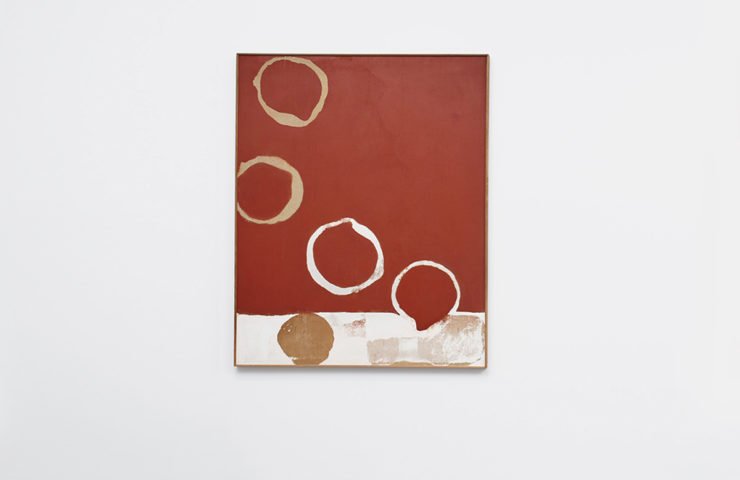
Work 70-9-15
1970
-
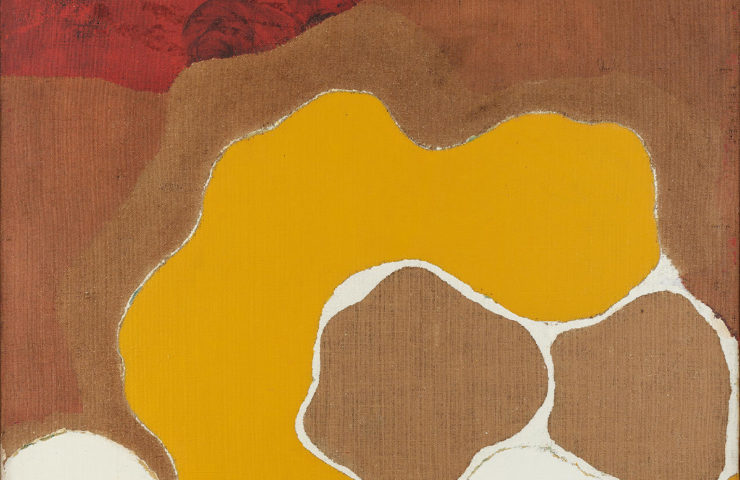
Work O-A
1971
-
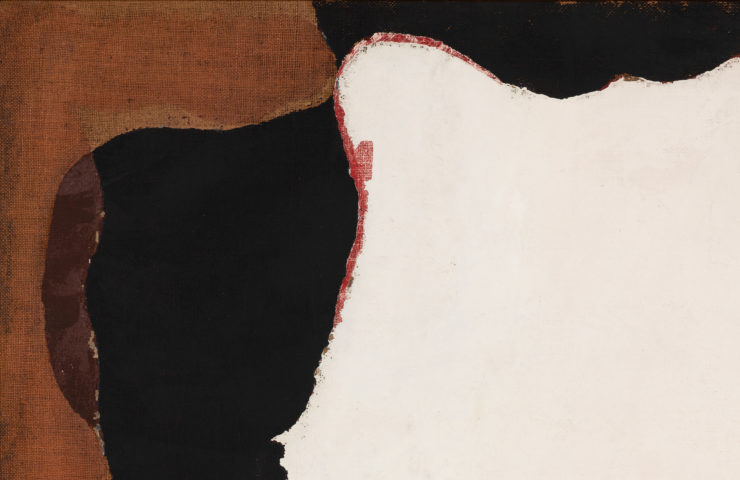
Work 69-A
1969
-
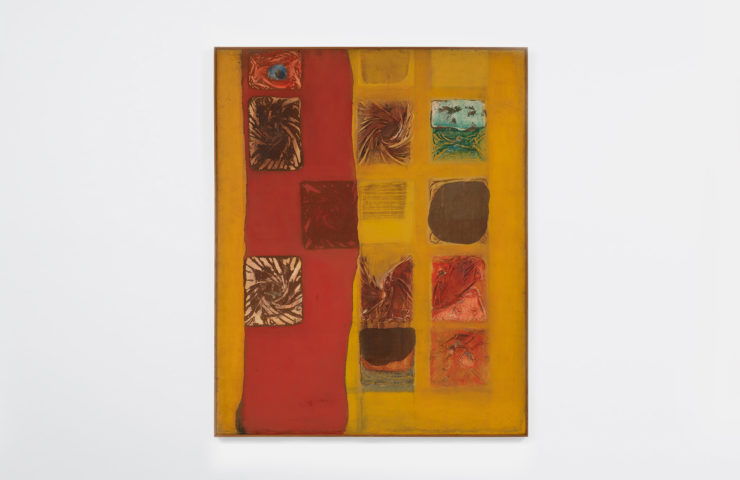
Work 65-2
1965
-
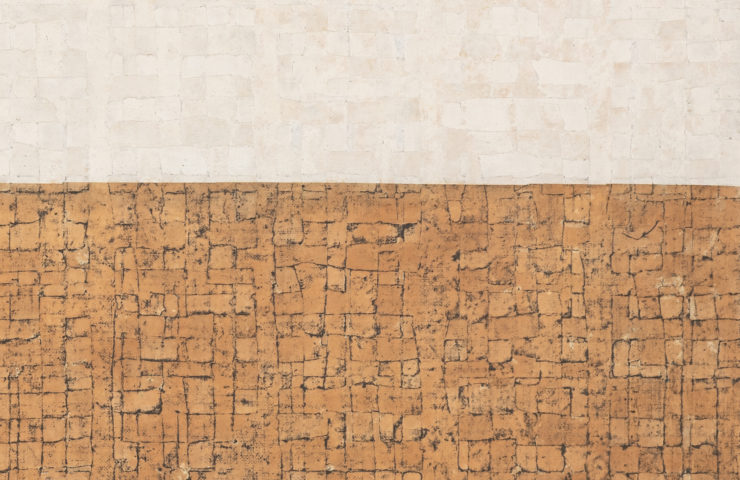
Untitled 78-11-29
1978
-
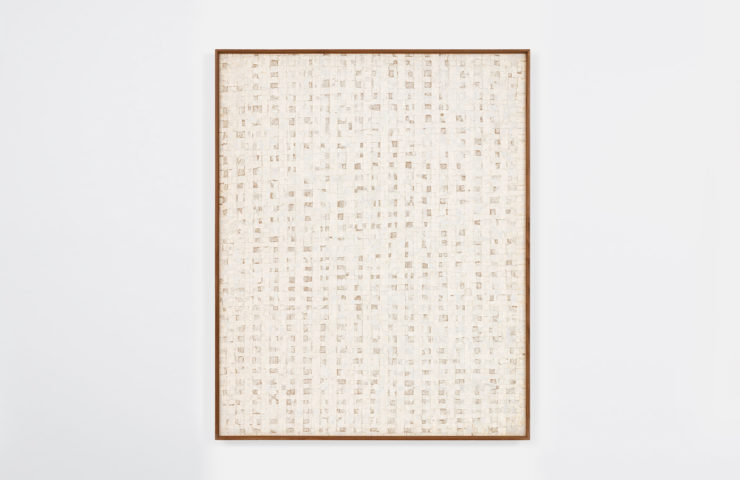
Untitled 77-8
1977
-
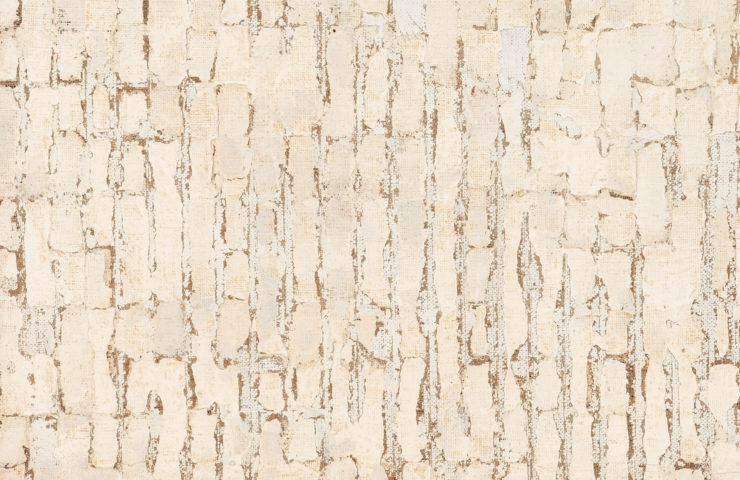
Untitled 75-10-8
1975
-
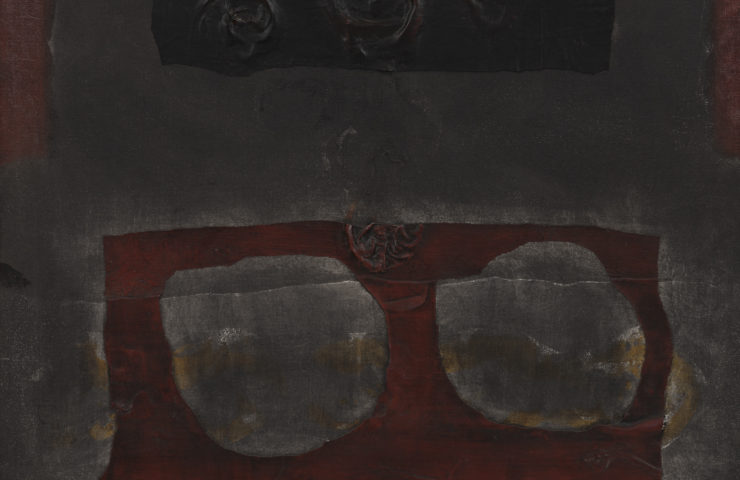
Work 64-13
1964
-
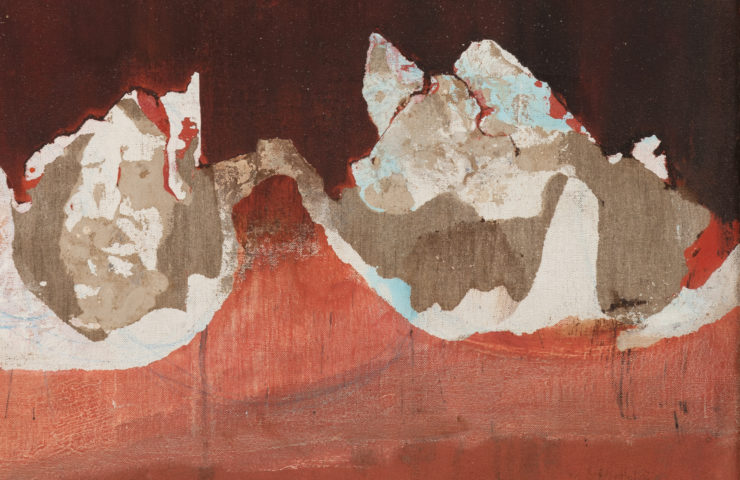
Work 68-32
1968
-
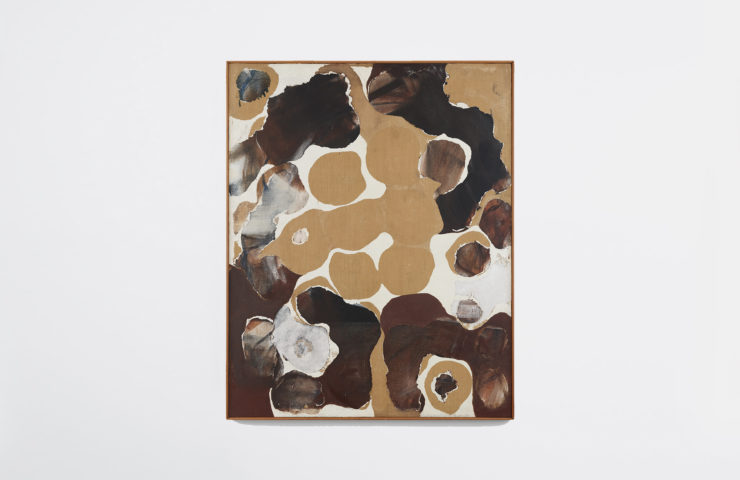
Work K-3
1970
-
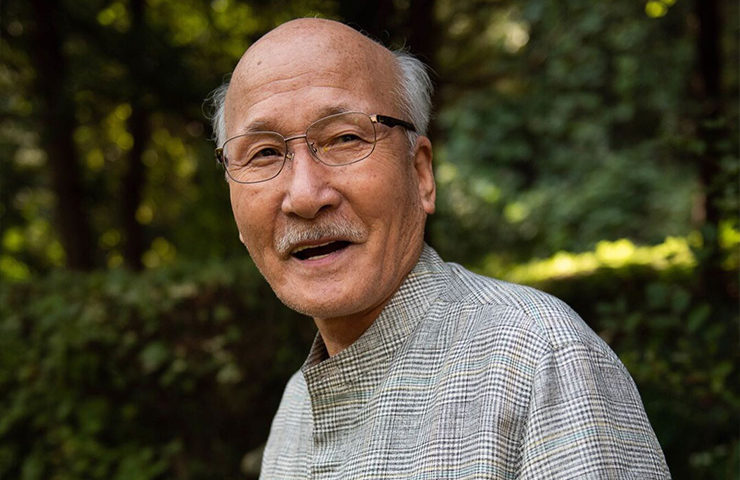
About Chung Sang-Hwa
Born in 1932 in Yeongdeok, Korea
-
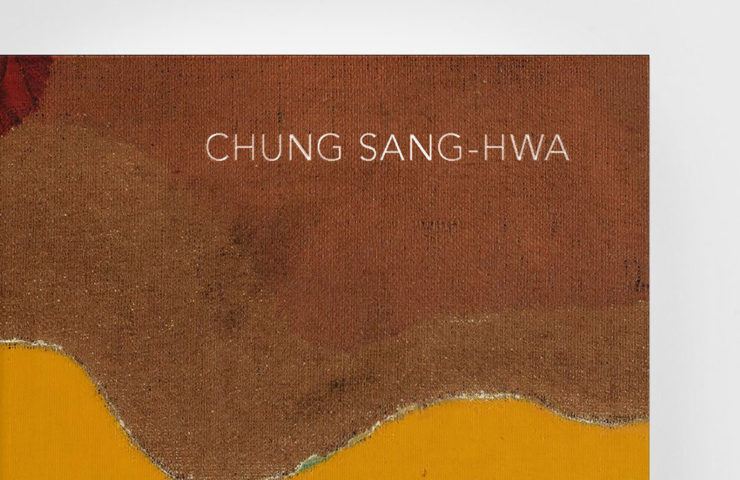
Pre-Order the Catalogue

